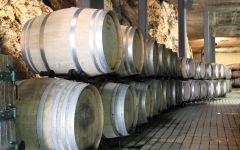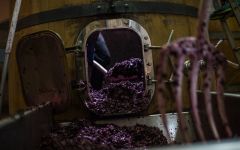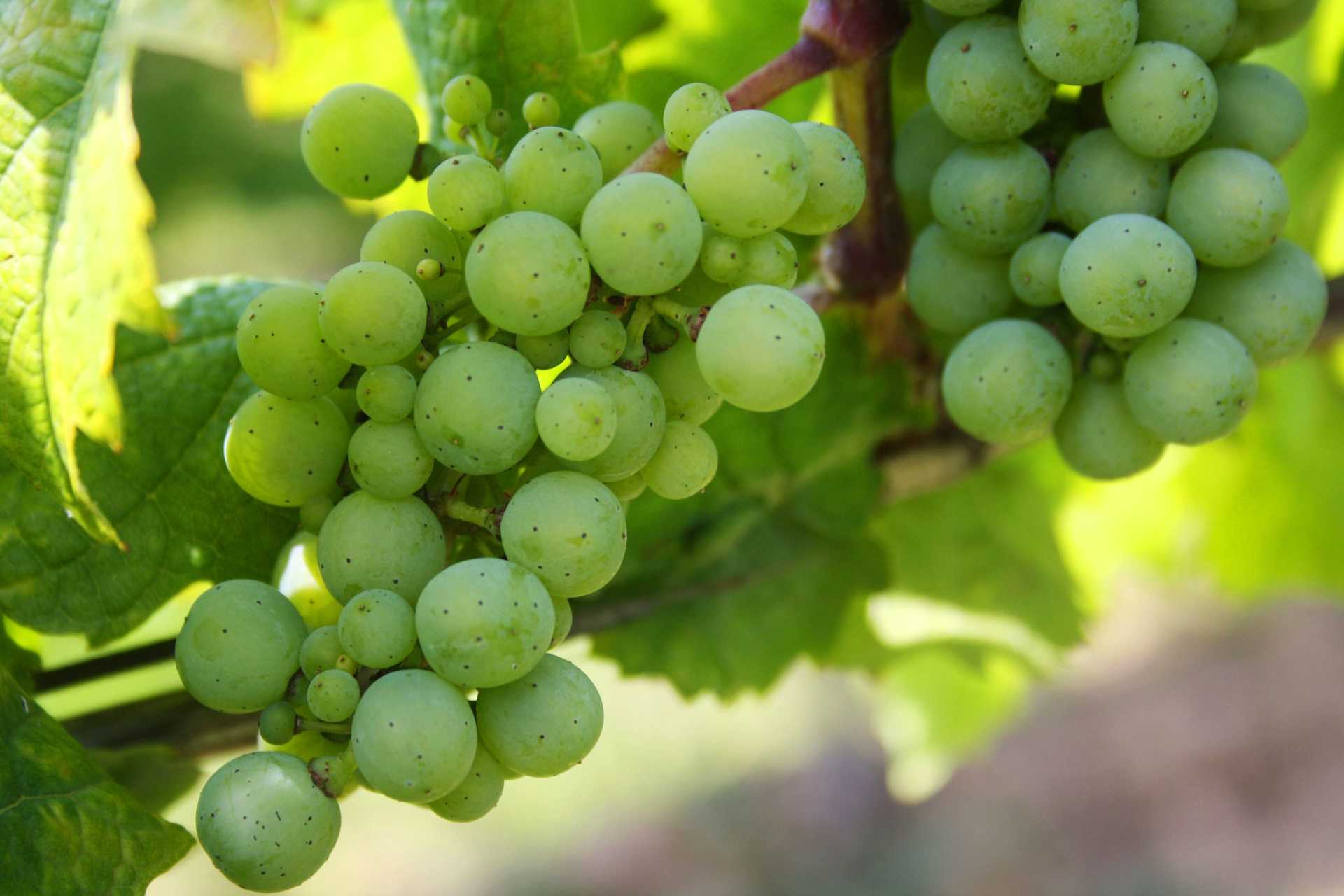Michele Satta Costa di Giulia 2021
-
James
Suckling -
Jeb
Dunnuck -
Robert
Parker



Product Details
Your Rating
Somm Note
Winemaker Notes
A white of great character and with a sweeter and broader finish.
Blend: 60% Vermentino, 40% Sauvignon Blanc
Professional Ratings
-
James Suckling
A textured white with minerally fruit. Nectarines, green apples and sea salt follow through to a medium-to full-bodied palate with a creamy texture to the finish. 60% vermentino and 40% sauvignon. A gastronomic white.
-
Jeb Dunnuck
The 2021 Costa di Giulia is 55% Vermentino and the rest Sauvignon Blanc raised in stainless steel. It is rounded with white strawberry, grapefruit, and tarragon and is medium bodied, although it has a soft mouthfeel, with ripe tropical fruit that fills the mid-palate with guava, peach, and salinity. Fresh and sunny, with a fairly long finish, it is approachable and charming to drink 2022-2028.
-
Robert Parker's Wine Advocate
The Michele Satta 2021 Bolgheri Bianco Costa di Giulia is a blend of 60% Vermentino and 40% Sauvignon Blanc executed in a fresh and fragrant style. It opens to a light golden hue and delivers aromas of stone fruit, preserved lemon, pear and almond. This is a creamy, lean-bodied white that would pair with seafood or a summer salad.





In 1982 Michele started his own winery, one of the first in Bolgheri, withnewly acquired vines from his previous employer. In this famous region ofTuscany, Michele rapidly earned respect and became known quickly as a vigneron. Michele even worked as a consultant for other properties in the early 1990s, including Ornellaia at which time Michele planted many of their vineyards. Michele has always been the local expert on the great terroir of Bolgheri and this is why his wines have been so well regarded in Italy.
Michele is a father of six (an example of his traditional roots), a farmer and a winemaker. He is an uncomplicated, sincere and humble man with very clear priorities; family and vines. While he is a traditionalist, he is also a non-conformist. This deferential character, when combined with a deep dedication to perfection, balance in the vineyards and great attention to detail in the cellar, produces Bolgheri wines that communicate the amazing uniqueness of this man and his terroir. Walking with giants is no easy feat, unless you are Michele Satta.

With hundreds of white grape varieties to choose from, winemakers have the freedom to create a virtually endless assortment of blended white wines. In many European regions, strict laws are in place determining the set of varieties that may be used in white wine blends, but in the New World, experimentation is permitted and encouraged. Blending can be utilized to enhance balance or create complexity, lending different layers of flavors and aromas. For example, a variety that creates a soft and full-bodied white wine blend, like Chardonnay, would do well combined with one that is more fragrant and naturally high in acidity. Sometimes small amounts of a particular variety are added to boost color or aromatics. Blending can take place before or after fermentation, with the latter, more popular option giving more control to the winemaker over the final qualities of the wine.

One of the most iconic Italian regions for wine, scenery and history, Tuscany is the world’s most important outpost for the Sangiovese grape. Tuscan wine ranges in style from fruity and simple to complex and age-worthy, Sangiovese makes up a significant percentage of plantings here, with the white Trebbiano Toscano coming in second.
Within Tuscany, many esteemed wines have their own respective sub-zones, including Chianti, Brunello di Montalcino and Vino Nobile di Montepulciano. The climate is Mediterranean and the topography consists mostly of picturesque rolling hills, scattered with vineyards.
Sangiovese at its simplest produces straightforward pizza-friendly Tuscan wines with bright and juicy red fruit, but at its best it shows remarkable complexity and ageability. Top-quality Sangiovese-based wines can be expressive of a range of characteristics such as sour cherry, balsamic, dried herbs, leather, fresh earth, dried flowers, anise and tobacco. Brunello, an exceptionally bold Tuscan wine, expresses well the particularities of vintage variations and is thus popular among collectors. Chianti is associated with tangy and food-friendly dry wines at various price points. A more recent phenomenon as of the 1970s is the “Super Tuscan”—a red wine made from international grape varieties like Cabernet Sauvignon, Merlot, Cabernet Franc and Syrah, with or without Sangiovese. These are common in Tuscany’s coastal regions like Bolgheri, Val di Cornia, Carmignano and the island of Elba.
